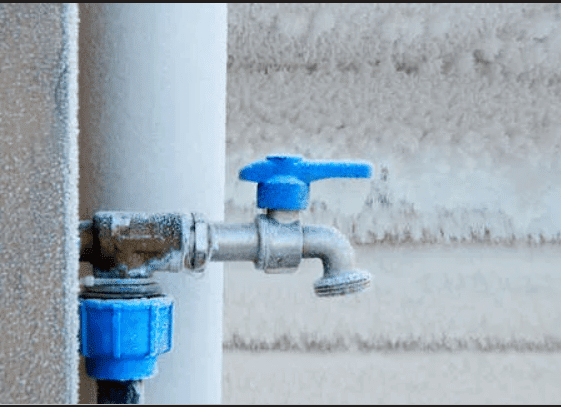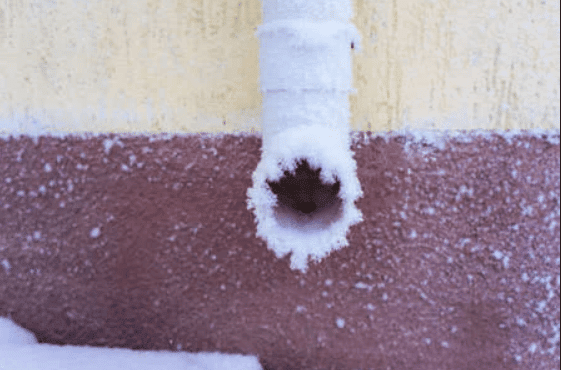Winter Plumbing Disasters and How to Avoid Them
Winter Plumbing Disasters & How to Avoid Them

It’s winter and it’s cold. You’ve added insulation to your house, made sure your HVAC system is ready for the season, checked that the caulking around your windows is good, replaced any old, worn-out weather stripping, and stocked up on firewood. That’s great, but what about your pipes and plumbing? Your plumbing needs to be ready for winter, too. Winter plumbing problems can cause thousands of dollars in damage to your home.
Read on to learn about some basic steps that can prevent a huge plumbing repair bill or simply reach out to the expert West Milford plumbers at Mark Lindsay and Son if you have any questions!
Frozen Outdoor Pipes and Spigots
Frozen outdoor pipes and spigots is a common problem. Some don’t run into your house, and some do, like the ones that are mounted on the exterior of your foundation walls. If not properly prepared, those pipes can freeze and cause some major problems. The ones outside the house can break and not show any problems until spring, when you need to start using them. The pipes that lead into the house can burst and cause serious damage. You have enough to worry about this winter, such as bad weather, icy roads, school closings, etc., so you may want to keep your plumbing worries off your list!
How to Prevent Outdoor Frozen Pipes

Thankfully, there are some easy steps you can take to both prevent, and deal with, frozen outdoor pipes and spigots.
First step, turn off the valve that supplies your water line. This should be in your yard, basement or crawl space. Then open your outdoor spigot and drain the water. Leave the spigot open to relieve any pressure if any freezing occurs. Put a cover over the spigot to protect it from the elements.
Before winter sets in, you can have your plumber install frost free spigots. These have the valve assembly that is inside your home to prevent them from freezing. Insulating the pipes that feed the outdoor spigots will also help.
Frozen Indoor Pipes
We’ve all heard the horror stories of people coming home to frozen indoor pipes. They go away for a few days and come home to a basement that looks like the set of the movie “Titanic.” They then have to have the water pumped out and most likely throw away a lot of damaged personal items. They have an emergency plumber come in to find and fix the leak, then pay a company to come in and clean up the mess and fix the damage.
Symptoms of frozen indoor pipes are: a low flow from spigots and showers, or possibly no flow at all. The first thing to do is check your faucets to find the frozen area. If all the faucets are affected, then your main supply line is frozen. If it’s just in one room, the line supplying that room is affected.
How to Deal With & Prevent Indoor Frozen Pipes
Leave the faucet open to see when the water starts flowing again. Apply direct heat with a hair dryer, heat lamp, or a space heater to warm the area around the pipe. Close the faucet once the water starts flowing again. If your pipes have burst, shut off the main water supply and have your plumber come out to repair the damaged pipes.
There are some easy ways to prevent indoor pipes from freezing. One is to leave the faucets open just enough to let the water slowly drip to reduce pressure in the pipes and keep the water flowing overnight. Leaving cabinet doors open allows warm air to circulate around the pipes. Insulate your pipes, especially in those pipes located next to interior walls. Have relief valves installed that will relieve the pressure build up that causes pipes to crack and break. For more information, be sure to check out our “How to Fix Frozen Pipes” blog post!
Help from the Plumbing Pros
If you’re having problems with frozen pipes or other winter related plumbing issues, reach out to us at Mark Lindsay and Son! We’ll be there soon to find and repair your winter plumbing problems.

